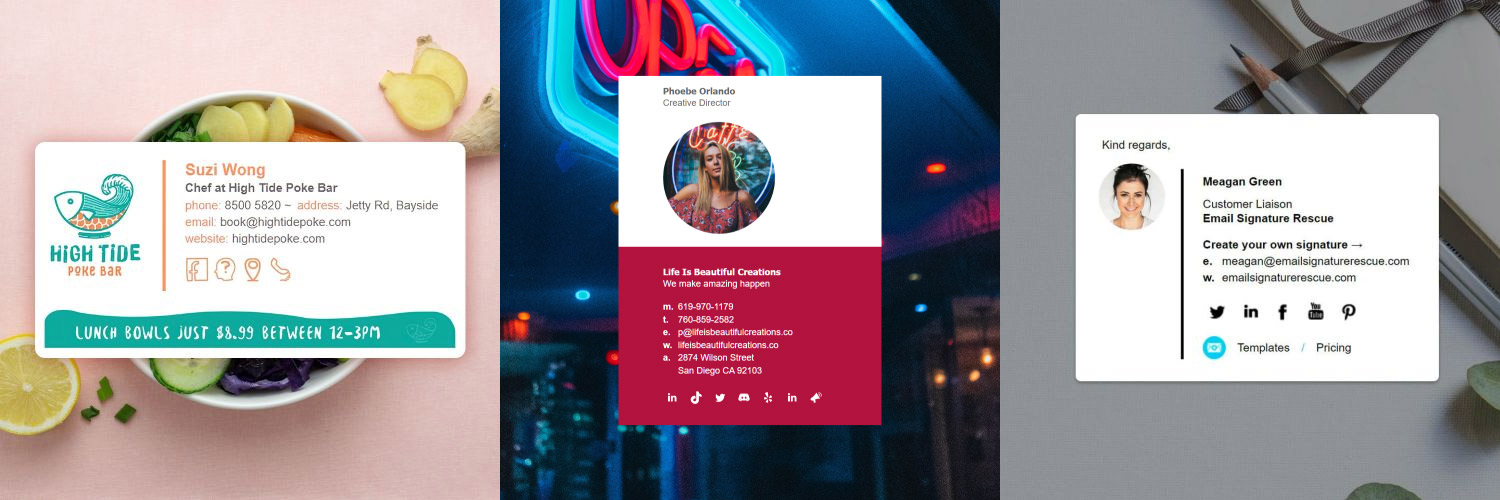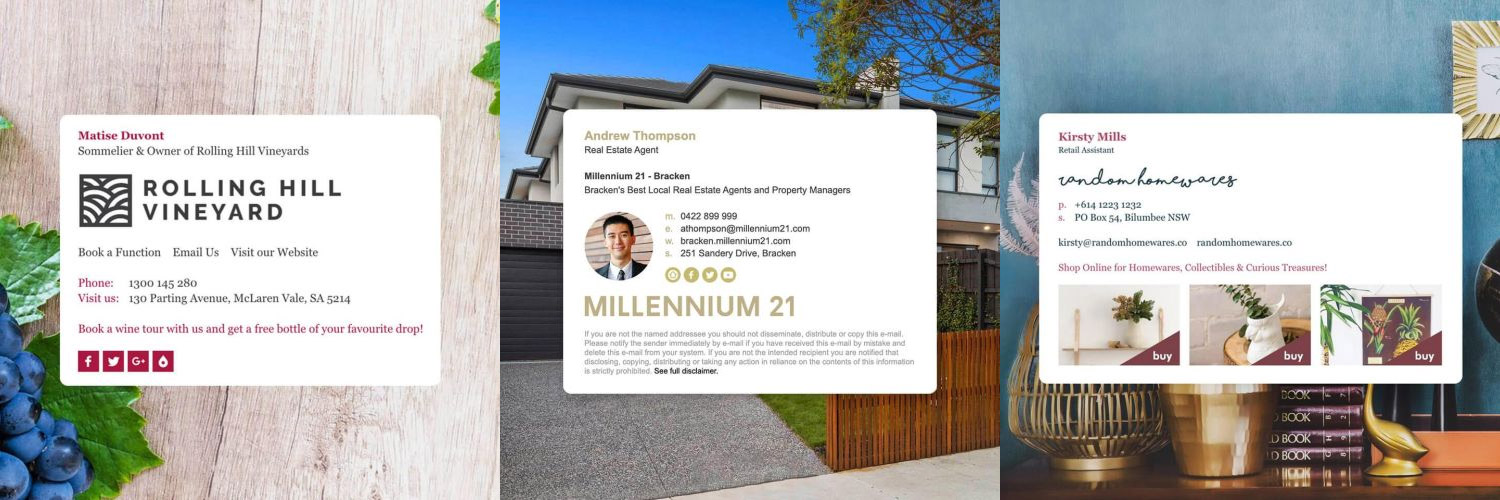How to improve email deliverability
Ensuring your email will be delivered to your recipient has always proven to be challenging and if we've learnt anything over the years, it's that delivery is never guaranteed.
With one in five emails now failing to reach the recipient's inbox, email deliverability rates are at a low and may only get worse. The United States has one of the lowest deliverability rates with just 77% of emails actually reaching the receipient's inbox, whilst Canada and Australia are tied for the highest deliverability rate seeing 90% of their emails being delivered to the recipients inbox.1
"1 in 5 emails now fail to reach the recipient's inbox"
Mailbox providers or ISP's do their best to protect their users to ensure they have the best user experience, but in order to do this they must put strong restrictions in place which can ultimately affect the deliverability of your email. Due to the large number of restrictions, globally, 20% of emails will not reach the inbox and will either be blocked entirely, or filtered into spam.
Getting your email to the recipient's inbox involves much more than just clicking the send button. When your email is sending, your email provider's gateway is processing your email for anything that may be deemed malicious or untrustworthy. This is the first potential blocking of your email and may prevent it from being delivered. If your email makes it past the gateway, your email will then be screened by the spam filter which looks at a number of things that can be split into the following categories.

Where the email came from
Email providers keep lists of networks that are commonly used by spammers. The spam filter looks at the network the email came from and will deem whether it should be identified as spam or not.
If you find that regular mail being sent is appearing in your recipient's spam boxes, contact your ISP and complain that your mail is getting blocked. It may be worthwhile shopping around for a new ISP in this instance as it's not an easy task for an ISP to change their spam score.
The software you're using to email
Most legitimate mail comes from email clients such as Outlook, Gmail and Apple Mail; software based email clients that can't easily be used to send bulk emails. These email clients are designed to make sure that the email actually gets to where it's supposed to go and will often warn the sender of any problems or bounced emails.
Spam, however, is often distributed by software that is designed to send out thousands of emails as quickly as possible. The spammer doesn't care about delivery problems and just wants the emails to go to as many people as possible, as fast as possible, and without being easily tracked.
Most of the time this software can be identified via tracking the information in the email header, but some try to make themselves look like legitimate email clients which can prove hard to track.
What the email looks like
The spam filter looks at the subject, head and body of the email to try and detect specific keywords or strings that may be suspicious and are common with spam practices. Certain keywords and phrases such as "buy now", "click here", "lowest prices" and "once in a lifetime" are easily identifiable and likely wouldn't be included in the subject of a normal email. The spam filter will also screen the HTML code for specific tags which may include large fonts or flashing text.
The other key that the spam filter looks at is an excessive use of text. If your email features pages and pages of text, it will increase the spam score of your email, likely resulting in it being picked up by the spam filter.
So what can you do to stop your email from being caught in the spam filter?
- Use a specific and descriptive subject. If you're using a subject such as "Urgent assistance needed" or "Please read" then your email is going to look like a Nigerian Business Opportunity scam queue Nigel Saladu from Flight of the Concords here.
- Avoid sending prohibited file types as attachments. You should never send the following file type in your email as an attachment (js, lnk, asd, hlp, ocx, reg, bat, chm, com, cmd, cpl, exe, dll, vxd, pif, scr, hta, jse, shm, shb, shs, vbe, vbs, vbx, wsc, wsf, wsh).
- These file types are notorious for containing malicious or harmful files and will automatically be blocked by your spam filter. Attached archives such as .zip or .rar file types will also be inspected and blocked if they contain any of the prohibited file types.
If you must send one of the above file types, consider using a secure sharing service such as Google Drive. - Minimize the use of large fonts, colored fonts and ALL capital letters. All of these will increase your spam score.
- Keep your emails short. A number of paragraphs is fine and often can't be avoided, but try not to send pages and pages of text as the more text you include, the higher the chance you run of the email being detected as spam.
- Don't use This email address is being protected from spambots. You need JavaScript enabled to view it. in your emails. For day-to-day emailing, you should be using an email address that the recipient can easily reply to to get in touch with you.
How can I check if my email is blacklisted?
If your ISP is used by many spammers, then this is going to make things worse for you as the ISP could become blacklisted and could result in your email not being received. There are a number of websites out there that can give you a spam score as well as check whether you're blacklisted or not.
To check whether or not you're blacklisted, we suggest checking out MX Toolbox and running your domain. MX Toolbox runs your IP or Domain against over 100 blacklists and is one of the most reliable tools out there. If you find that you are blacklisted, consider contacting your ISP and speaking to them or look into another ISP to switch to.
1 - ReturnPath's 2017 Deliverability Benchmark Report





